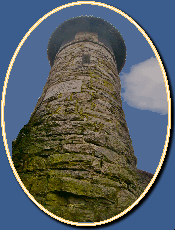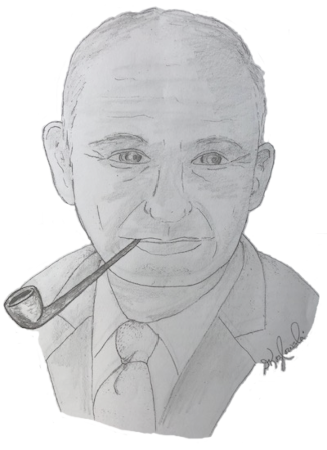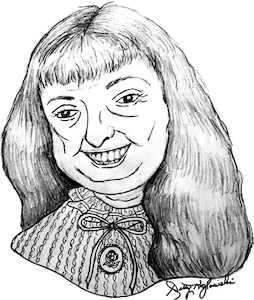Victor Lyon Loosanoff (10/3/1899- 6/15/1987) was a stern taskmaster. As the first director of the Milford Fisheries Laboratory, the former Russian military officer liked to think of himself as an orchestra leader conducting an orchestra and his staff as the instrument players. He visited each staff member every day and demanded a thorough progress report once a month.
Such discipline resulted in pioneering research for the growth of oysters known as The Milford Method used worldwide today.
Born in Kyiv (now Ukraine), son of a career officer in the Imperial Russian Army, Loosanoff graduated from the Emperor Alexander 1st Cadet Corps, Omsk, at age 17 and served 4 years as an artillery officer in the Royal Russian Army. He escaped the 1917 Bolshevik Revolution, firing a machine gun from the back of the train to Siberia. Fighting his way from the Volga to Siberia, then slipping through China and Japan, he immigrated to the west coast of the United States in 1922. He worked in lumber camps and as a commercial fisherman on the West Coast while learning English.
He became interested in fish and entered the University of Washington in 1924, graduating three years later with a B.S. in Fisheries Science.
Following positions as a marine biologist in the states of Washington and Virginia, Loosanoff was appointed in 1931 as “Aquatic Biologist” with the U.S. Bureau of Fisheries and stationed at Milford where a thriving commercial oyster industry existed. He soon became a friend of Charles “Shang” Wheeler (MHOF 2016), general manager of the CT Oyster Farm Company in Milford. Wheeler and others lobbied Congress to establish a permanent research laboratory in Milford on the harbor of the Wepawaug River with Loosanoff as director.
Loosanoff served as director of the U.S. Fish and Wildlife Marine Biological Laboratory from 1935 to 1962 which was most of his illustrious career. In 1936 he earned a Ph.D. in Zoology from Yale University. Congress approved funds in 1938, and a substantial well- equipped two-story brick laboratory building on Rogers Avenue was completed in 1940. A director’s cottage next to the laboratory was also built where Loosanoff lived with his wife, Tamara, also a researcher. The couple had a special affection for the Mallard ducks that flocked from the shore to their cottage to be fed.
Loosanoff was a hard worker and demanded as much from his staff with a loud commanding Russian- accented voice. Although outwardly confident, he feared his laboratory would lose funds if papers were not regularly produced, and thus he expected his staff to publish at least one paper per year. If an employee was late, he was excused for the day. If it happened a second time, he was fired.
The “Milford Method” was the result of Loosanoff and his team developing methods to artificially spawn and rear shellfish in a hatchery. Research had revealed the secrets of laboratory manipulation of seawater temperature to induce gamete production out of season, stimulate spawning of egg and sperm, fertilization of eggs, and the culture of embryos and larvae. Methods were devised to grow large quantities of microalgal cells necessary to feed the growing larvae. Problems were also solved to enable the nurturing of the free-swimming larvae through a metamorphosis when they settle as tiny versions of the adults they will grow in to. This advance led to an alternative approach to shellfish cultivation, widely used today which relies solely on hatchery produced seed.
Loosanoff and staff published more than 200 scientific papers and articles and weekly reports to he industry during spawning season. He advanced knowledge not just about oysters and shellfish but also the life cycle of starfish, a deadly enemy of the oyster.
He was a leader among his scientific peers and received many awards and honors including the Distinguished Service Award from the Department of the Interior in 1965. The R/V Victor Loosanoff, a 49-foot research vessel docked at the Milford Laboratory and the sponge, Acervochalina Loosanoffi, were named in his honor. National Shellfisheries Association (NSA) named him a life member. He retired in 1962, moved to California with is wife Tamara and took another Federal fisheries position. He also taught at the University of the Pacific until his retirement in 1965, the same year he received the Distinguished Service Award, the highest from the Department of Interior. In declining health he took his own life at his home in Greenbrae, CA in 1987.
In Milford, a new laboratory facility was completed in 1967, and today it is part of the National Oceanic and Atmospheric Administration, Northeast Fisheries Science Center. The Victor and Tamara Loosanoff Fellowship supports graduate students at the School of Aquatic



